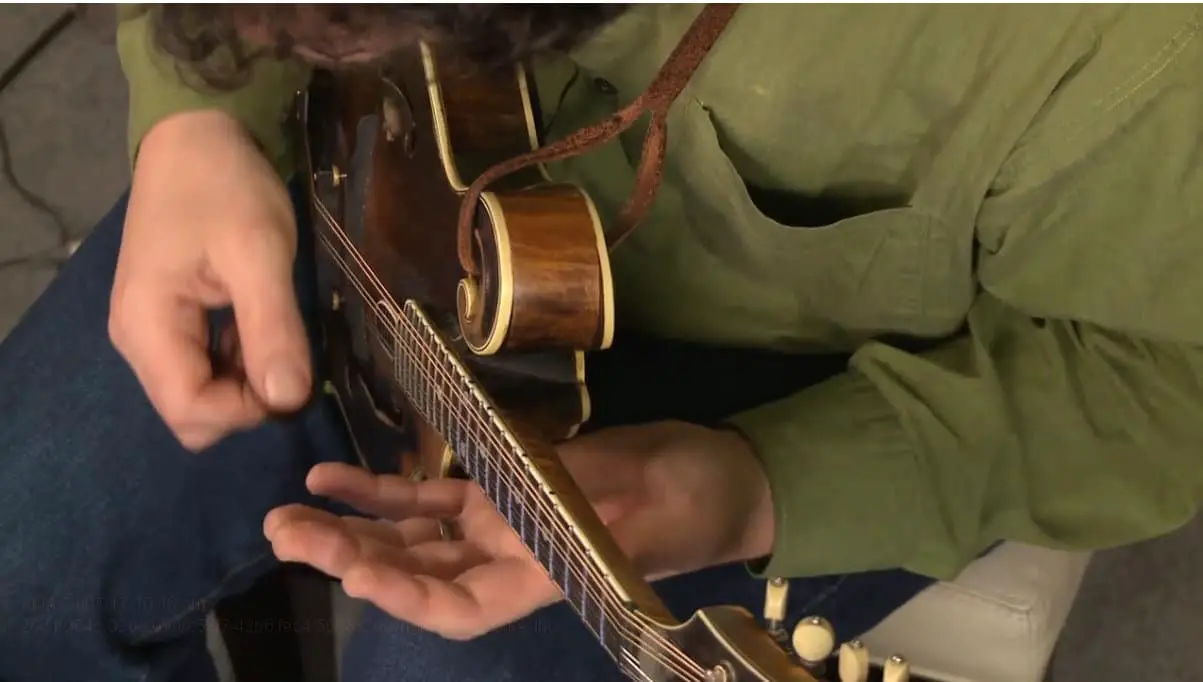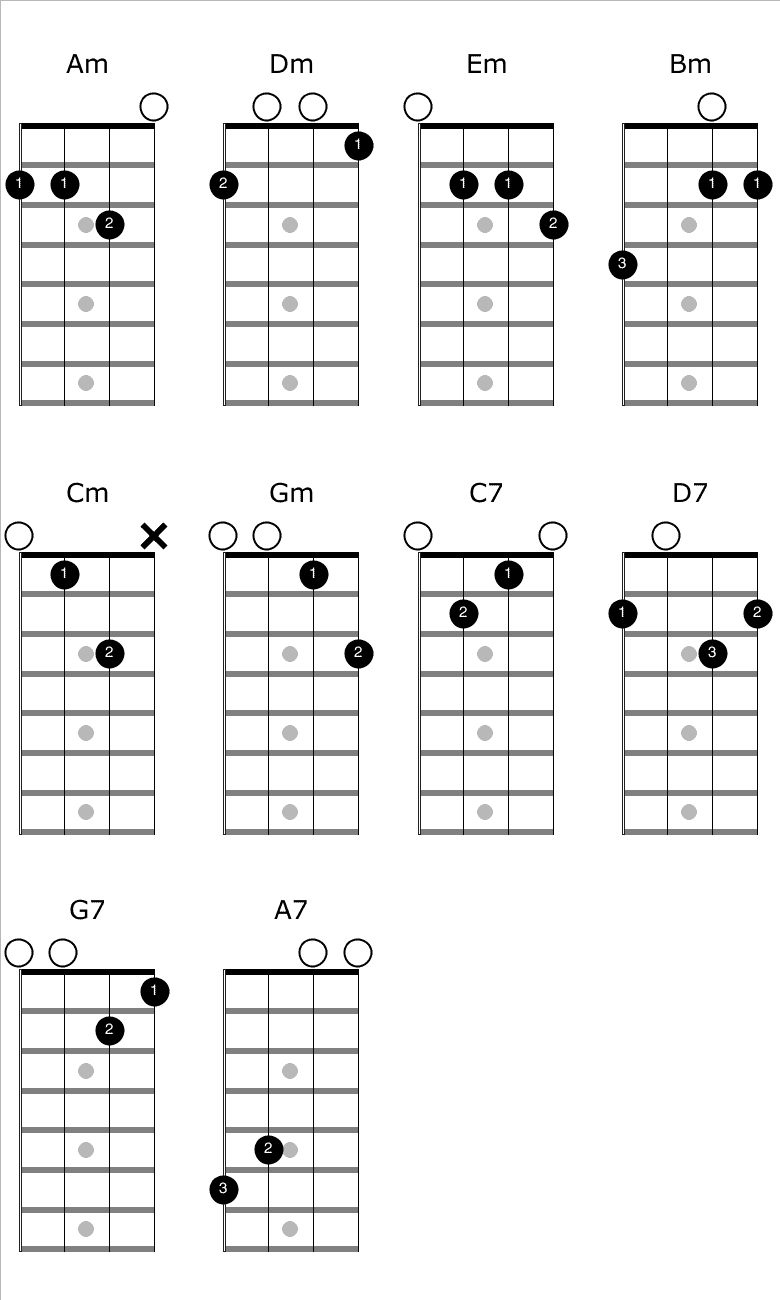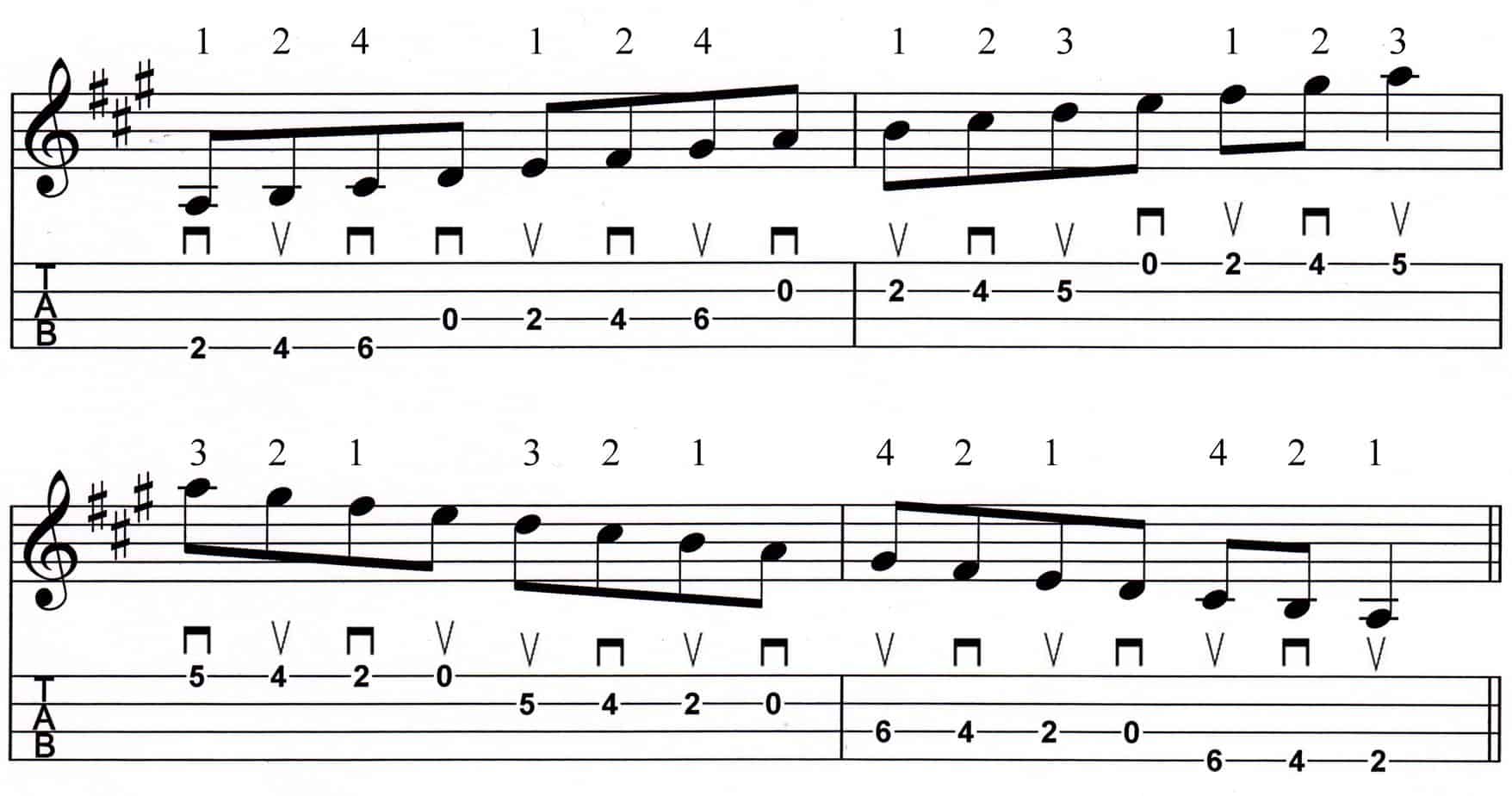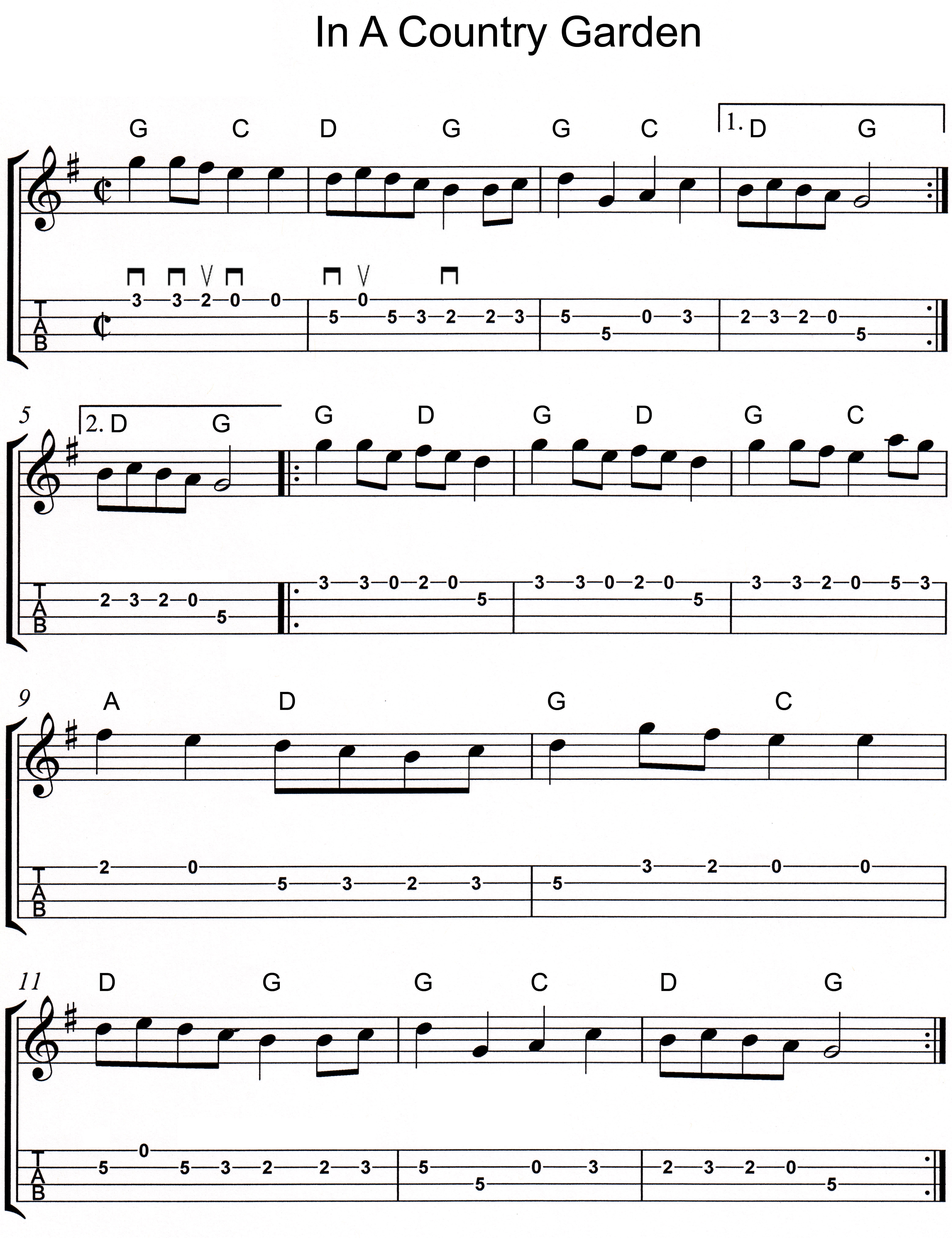Have you ever wondered how to play the mandolin? As a timeless instrument, the mandolin has been used in genres like bluegrass, folk, classical, and jazz music for centuries. It has a unique sound that is both sweet and melodic. In this article, I’m going to unlock the secrets of playing the mandolin and teach you how to get started. With some practice and dedication, you can become a master of this beautiful instrument.
Parts of a Mandolin
| Part | Description |
|---|---|
| Headstock | The headstock is the top part of the mandolin, located at the far end of the neck. It is where the tuning pegs are located, as well as the strings. |
| Neck | The neck is the long part of the mandolin which houses the fretboard and leads to the headstock. |
| Fretboard | The fretboard is the long, thin strip of wood that extends down the neck of the mandolin. It is covered in metal frets and is used to produce the notes of the mandolin. |
| Body | The body of the mandolin is the main part of the instrument. It is where the bridge, strings and sound hole are located. |
| Bridge | The bridge is a small piece of wood that attaches the strings to the body of the mandolin. It is adjustable and can be used to adjust the action of the strings. |
| Sound hole | The sound hole is located in the body of the mandolin and is used to amplify the sound of the instrument. It is usually round or oval in shape. |
| Pickguard | The pickguard is a small piece of plastic or metal that is attached to the body of the mandolin. It is used to protect the body from wear and tear caused by the picks used to play the instrument. |
Tuning a Mandolin
Mandolins are tuned to an open G major chord: G-D-A-E. This tuning is shared with the violin and is one of the most common tunings for the mandolin. To tune your mandolin, use an electronic tuner or another instrument as a reference. Begin by tuning the mandolin’s string G to the reference instrument or tuner. Tune the remaining strings in turn, making sure each string is in tune with the reference.
To tune the mandolin to the correct pitch, use a tuning fork or pitch pipe at the correct frequency. Strike the fork or pipe and adjust each string until it matches the pitch. This can be a slow process, and requires patience and a good ear. Alternatively, use a digital tuner to get the strings to the correct pitch quickly.
Once the strings are in tune, you can begin playing. Start with the basics, such as scales, chords, and simple melodies, and gradually increase the complexity of the music you play. Learning how to tune a mandolin is an important skill for any mandolin player, and will help you get the most out of your instrument.
Basic Strumming Pattern
The basic strumming pattern for the mandolin involves a down stroke followed by two or three up strokes. Start by strumming the strings with a down stroke, followed by two or three up strokes. The down stroke should be played with a bit more force than the up strokes. This will create a nice, even rhythm. It is important to start slowly and practice the strumming pattern until it feels comfortable. Once you can confidently play the strumming pattern, you can begin to increase the tempo.
Playing Chords
Chords on a mandolin are played by placing your fingers on the correct strings. The strings are numbered 1-4, starting with the string closest to your chin. The frets are numbered 1-19, starting at the head of the mandolin and counting towards the body. To play a chord, place your index finger on the first fret of the string numbered 3. Place your middle finger on the third fret of the string numbered 4. Place your ring finger on the third fret of the string numbered 2. Finally, place your pinky finger on the third fret of the string numbered 1. This is an A major chord. To play other chords, refer to a chord chart or online resource.
Playing Scales
Playing scales on the mandolin is an important part of mastering the instrument. Scales help to build finger strength, dexterity and increase the speed of playing. Beginner mandolin players should start with the C major scale which has the notes C, D, E, F, G, A and B. To play the scale, use the first finger on the G string to play the C note followed by the second finger on the D string for the D note. Then move the first finger to the A string for the E note, the second finger for the F note, the third finger for the G note, the first finger for the B string for the A note, the second finger for the high E string for the B note and the first finger for the C note again. This pattern should be repeated two more times. Playing scales at a slow tempo is recommended in order to master the notes and keep the rhythm consistent.
Playing Melodies
Once you have mastered the basics of playing the Mandolin, you can begin to play melodies. To do this, use the chords you have learned to strum a rhythm and then play the melody over this rhythm. Start by playing a simple melody over the top of a single chord, then gradually build up the complexity. As you become more familiar with the Mandolin, you will start to recognize common chord progressions and will be able to play melodies over these chord changes. To add a bit of variety to your playing, try to add some different picking techniques such as hammer-ons or pull-offs. You can also explore alternate tunings or capos to give your melodies a different tone. Experiment with different techniques and sounds to create your own distinctive style.
Ornamentation
Mandolin ornamentation is a great way to add interest and variety to your playing. The most common ornamentation techniques are hammer-ons, pull-offs, slides, tremolo, and double stops. Hammer-ons and pull-offs involve quickly playing two notes in succession, with the second note being slightly higher or lower than the first. Slides involve playing a note and then moving your finger up or down the string to the next note. Tremolo involves rapidly alternating between two notes. Double stops involve playing two notes at the same time. All of these techniques can be used to add interesting and unique textures to your playing.
Improvisation
- Learn songs in different keys and different time signatures.
- Start with simpler melodies and progress to more complex ones.
- Listen to other musicians to get ideas for your own improvisations.
- Practice using a metronome or a backing track to keep yourself on tempo.
- Use scales and arpeggios to create a melodic foundation for your improvisations.
- Experiment with different chords and progressions.
- Use dynamics to add emotion and interest to your playing.
- Practice soloing in different musical styles.
- Record yourself and listen back for mistakes and improvements.
Frequently Asked Questions
What is the best way to learn how to play the mandolin?
The best way to learn how to play the mandolin is to start with the basics: learning the notes and chords, understanding the fretboard and tuning the instrument. Once these fundamentals are mastered, it is important to practice regularly, listen to recordings of mandolin players and learn from experienced instructors. To further advance your playing, explore different styles of music, experiment with playing techniques and practice different songs. With dedication and patience, it is possible to master the mandolin.
How can I develop my skills on the mandolin?
Practice regularly and challenge yourself. Start by learning scales and chords and then move on to more complex tunes. Listen to professional mandolin players to learn new techniques and to get ideas for songs. Take lessons from a qualified instructor to improve your playing skills. Participate in jam sessions and group practices to gain experience and confidence. Experiment with different styles and genres of music to broaden your musical horizons. Finally, listen to recordings of yourself and strive for continuous improvement.
What tips can I use to practice playing the mandolin?
1. Start by learning simple chords and scales. Begin with the basic open chords, then move onto barre chords and scales.
2. Practice regularly. Set aside time each day to practice the mandolin.
3. Listen to recordings of mandolin players. This will help you get an idea of what good mandolin playing sounds like.
4. Learn songs. Start with simple songs and then progress to more complex ones.
5. Experiment with different techniques. Try playing different rhythms, strumming patterns, and fingerpicking styles.
6. Jam with other musicians. Playing with others is a great way to learn and improve your playing.
7. Record your playing. Listening back to recordings of your own playing is an invaluable tool for improving.
8. Take lessons from a teacher. A good teacher can help you develop your playing in ways you may not have thought of.
What techniques should I use when playing the mandolin?
When playing the mandolin, it is important to use the correct techniques to achieve the best possible sound. The most important technique to use is proper picking technique: the strings should be picked with the fingertips, and the pick should be held at a 45-degree angle. Additionally, proper finger placement is also important: when playing chords, the tips of the fingers should fit snugly between the frets. Other techniques include using a metronome to practice timing, and using a capo to change the key of a song. Finally, it is important to practice regularly and to listen to recordings of professional mandolin players to learn from them.
What are the most important things to consider when learning to play the mandolin?
Choosing the right instrument: Selecting a quality mandolin with good intonation, comfortable string action, and right size is key to successful learning.
Developing correct posture: Good posture is necessary to develop good technique and ensure comfortable playing.
Developing a practice plan: Having a regular practice schedule and setting specific goals will help you stay focused and make progress.
Focusing on basics: Learning basic chords, scales, and other fundamentals will provide the foundation for your playing.
Choosing the right teacher: Having a knowledgeable and experienced teacher can save you time and help you reach your goals faster.
Listening: Listening to mandolin players is an important part of learning how to play.
Conclusion
Learning to play the mandolin can be a challenging but rewarding experience. With the right attitude and the proper techniques, anyone can become a proficient mandolin player. It’s important to have patience and practice often, as the mandolin is a complex instrument. There are many resources available to help you learn to play, including books, YouTube tutorials, and even private instruction. No matter which path you choose, with dedication and perseverance, you can unlock the secrets of this timeless instrument.






